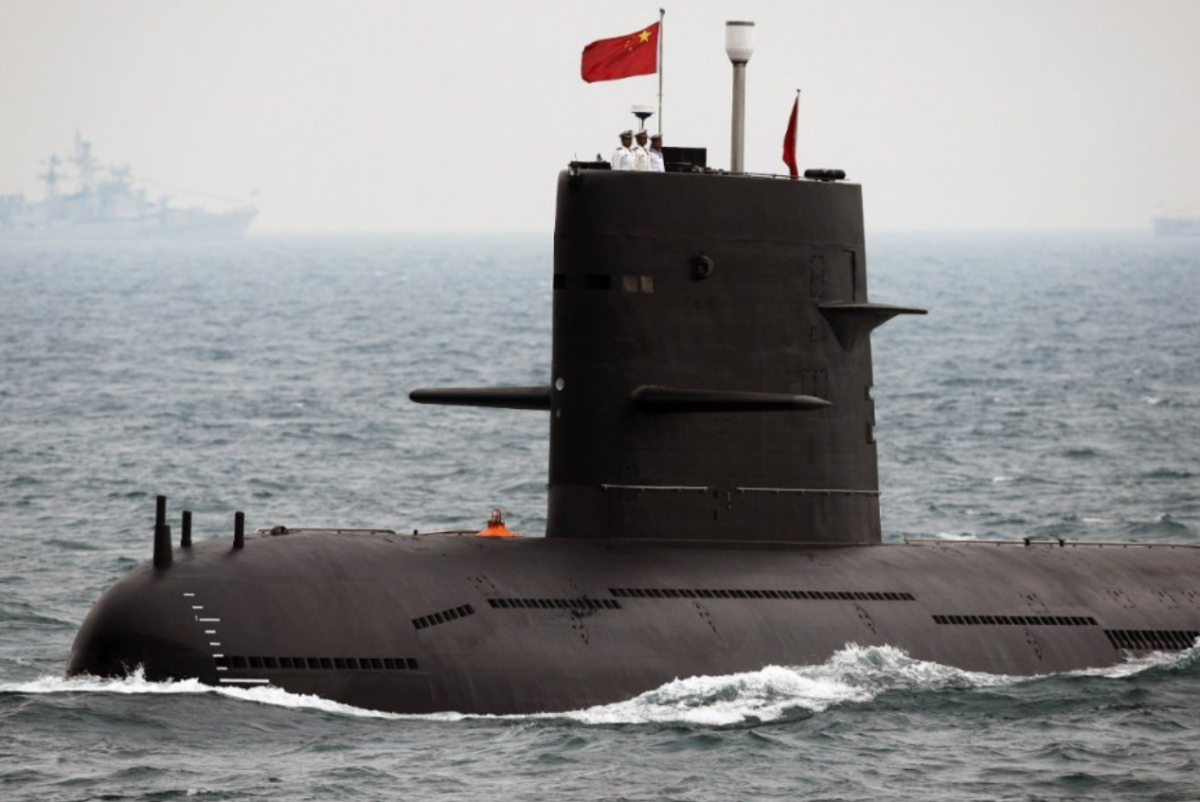China's Saturation Warfare Technique for the South China Sea and Taiwan



While it is not a secret, per se, President's Xi remarks telling his military to prepare for war remains startling. A few Western news outlets did report it, almost as a filler news item. The Chinese have long sought to become the dominate power in Asia and now is close to becoming that with unprecedented buildup of military forces.The U.S. Navy operating out of Japan is now in jeopardy, as wargames have shown, from Chinese ICBM's.The Chinese have studied and created formulas to defeat American naval and air assets, especially an American carrier task force group consisting of an aircraft carrier, 2-3 destroyers, 1-2 cruisers.
Chinese Mantra
According to Chinese military leaders, the destruction of a single American aircraft carrier would causes 5000 casualties, more than in 9\11. They feel that if this can occur, America's will to fight and use their mighty power might be limp. If two carriers could be sunk or heavily damaged, they feel half the battle would be won due to shock. But that is not all, the Chinese are planning to hit American weak spots to their military forces, such as, take out key military bases in Yokohama or Guam, keep re-supply aircraft tankers away or shot down. These efforts would hinder any American ability to fight so far from American shores. Unlike Japan in WW2, the Chinese have a much more robust and vast arsenal and it is growing all the time. American arrogance could be the Achilles heal because our equipment is thought to be superior. It may be so today in 2019, but what about in 2025? How superior is our equipment, it is hard to tell since there is no war between the two countries. The Chinese have used Russian equipment and improved it with their own and stolen from America, creating a product that can be much more effective than the Russian.
In battle, should it occur between the two countries either in Taiwan area or South China Sea, the Chinese plan to saturate the USN with anti-ship missiles from a variety of platforms and directions to overcome the USN Aegis defense systems. There have only been a handful of actual ASM attacks upon USN ships or others, so much of the plan is theory and calculations. But, in the few examples, ASM's did penetrate a USN defense causing damage.
Saturation Attack
In any such attack (and the USN knows this), the Chinese will attack from multiple directions, as far as they can from the target. Their missiles can already target a ship over 200 miles, some can be 300 miles away. Many of their aircraft can carry a limited volley of ASM's . Their silent Kilo class submarines have managed to penetrate an American task force group, but they too, have long range ASM's aboard.
The real issue is how many missiles can a single USN Guided Missile Destroyer (DDG), Cruiser (CG) or Aircraft Carrier (CV) deflect before their defenses are saturated and excess missiles hit the ship?
According to most analysts and those who served, the number of ASM's that a single DDG can deflect is at least 8 incoming simultaneous missiles. However, others who were aboard them indicate 25. For a CG, this amount is even higher, 40. Even the CV can deflect 15 incoming missiles. The Aegis system allows all the ships in the task force to provide some overlapping support for incoming missiles aimed at it. The CV has aircraft that can also assist.
The configuration of the TF is equally important. If the CV is in the center, and one DDG is on each side, with a CG or two also, the Chinese seem to think they could overwhelm the Aegis system and it only takes one missile to hit to make a worldly impact. In any scenario, the Chinese would have to have several of their ships loaded with mostly ASM's, including subs and ground based ASM's, to have a high number of missiles to overwhelm the USN ship. They would have to coordinate and communicate with all the assets in a planned, simultaneous, firing of ASM's.
The Chinese naval DD types can carry 64-112 missiles each. These could be fully loaded with ASM's. Most of their aircraft or land based assets can carry 2-4 ASM's. One can see how the Chinese would be able to do a saturation attack with just two ships, each firing a salvo of 20+ ASM's to overwhelm a USN ship. Of course, the down side is they would only be able to fire twice or so. But, if the objective is to sink an American USN ship, then by firing all ASM's in a surprise attack, the objective is had.
The Chinese do plan on attacking first in a surprise attack with maximum impact. They know America or anyone else, will not attack first for political reasons. One can see how any conflict in the South China Sea begins. One day, China's warnings will be followed by an attack. The mere shock of it will send American assets into a "do we respond?" mode. Would America have the will to respond? If we did, how would we respond?
The Chinese view Taiwan as theirs. They feel they can conquer it within a week. Would America have the will and the ability to defend it so far from its Japanese base? Remember, the Chinese could attack the USN base in Yokohama with just one ICBM.
China today, already can make any American intervention costly and difficult with their military. The Chinese feel if they can do this effectively, America will not fight for long and China will be the new superpower.








